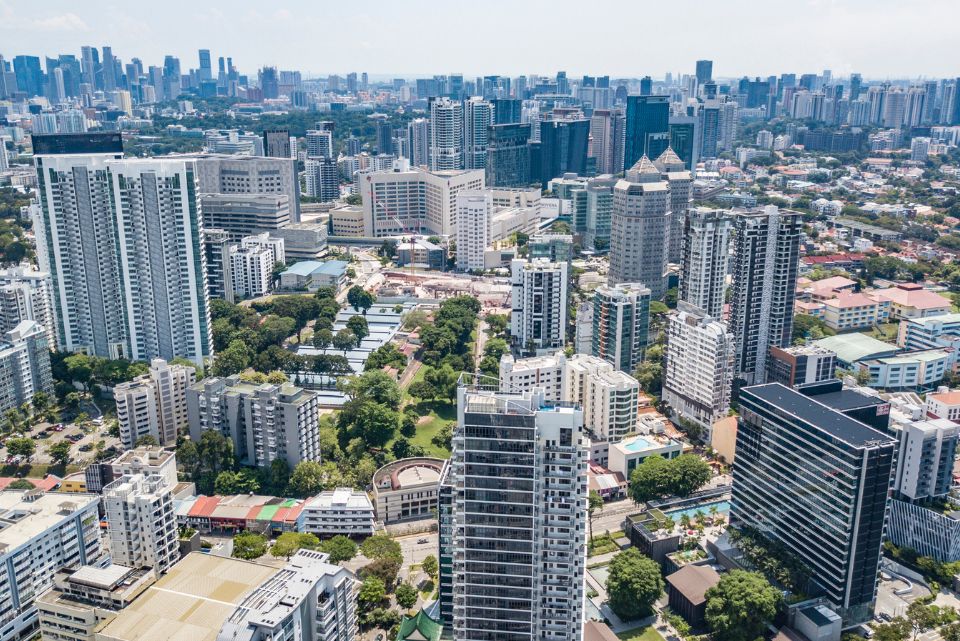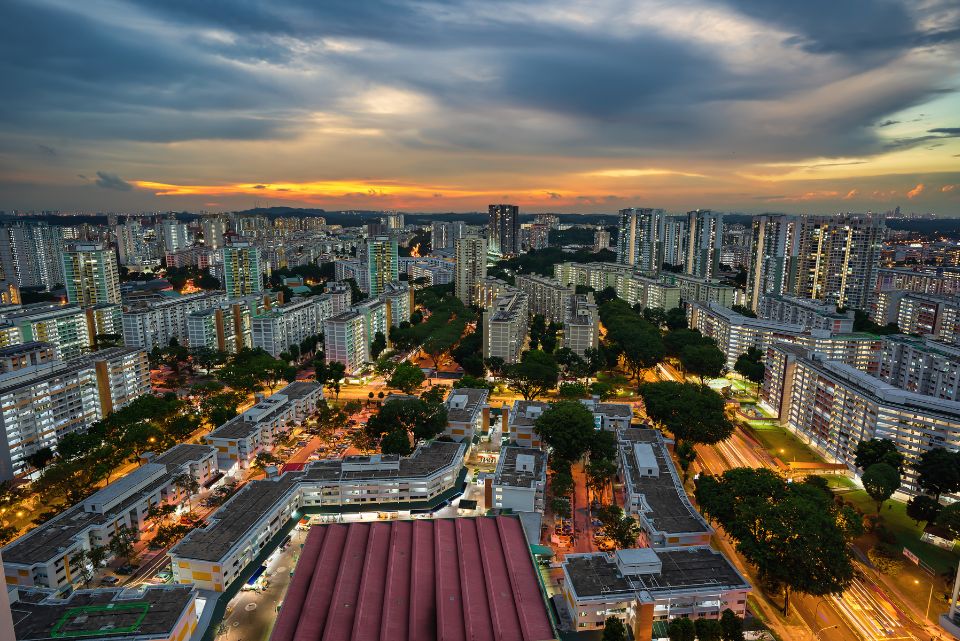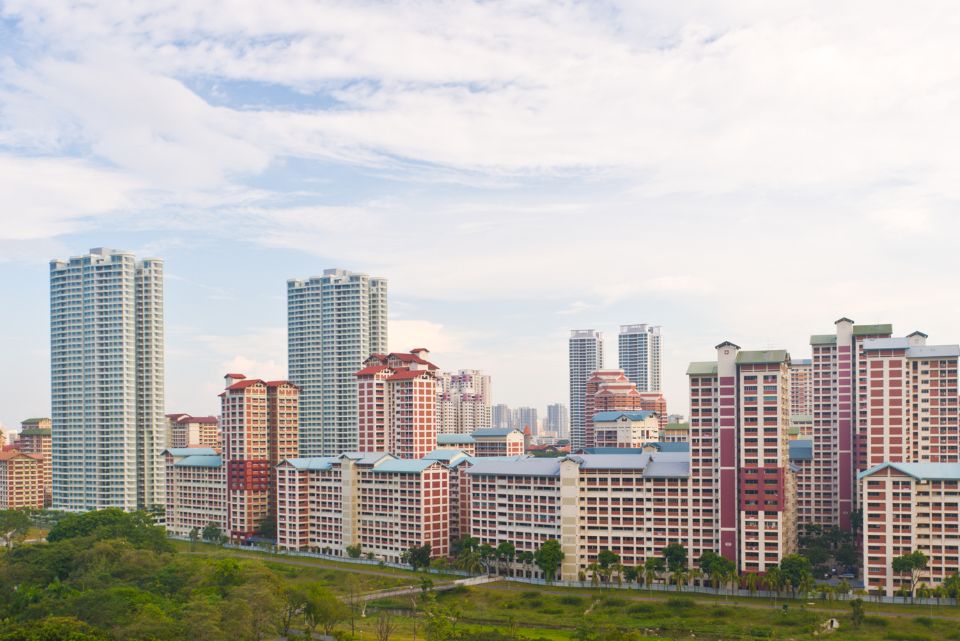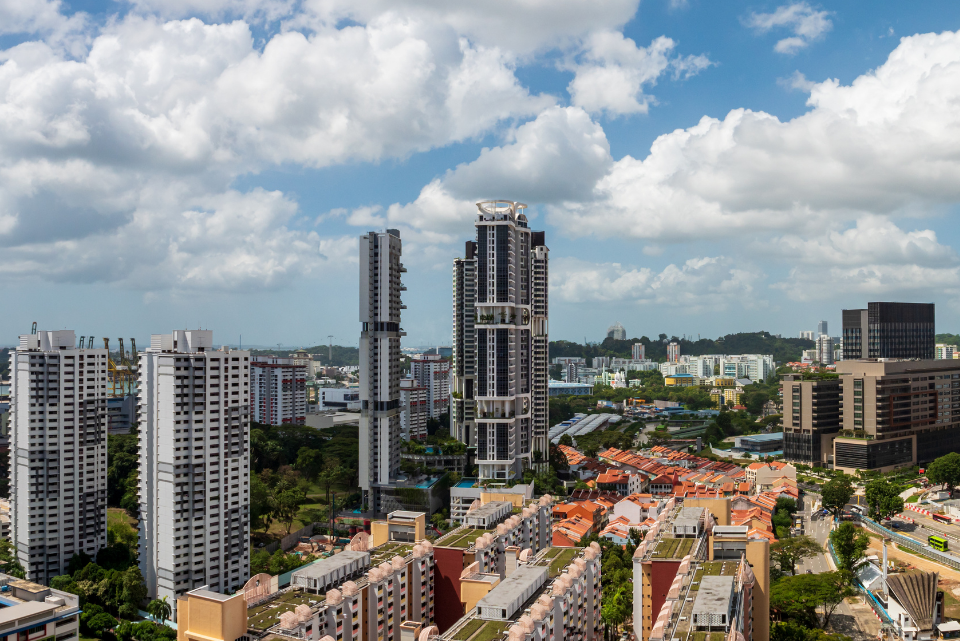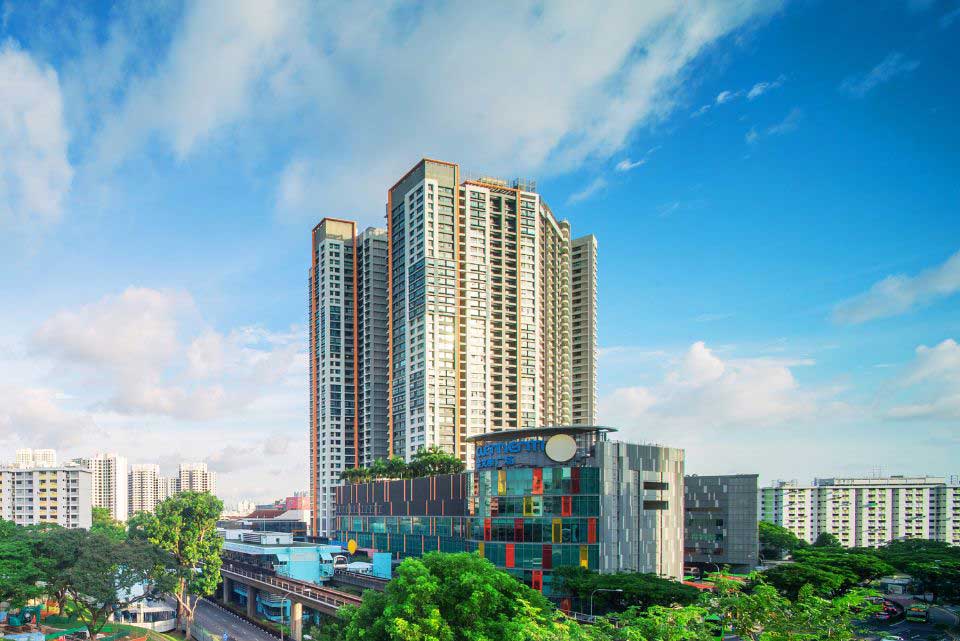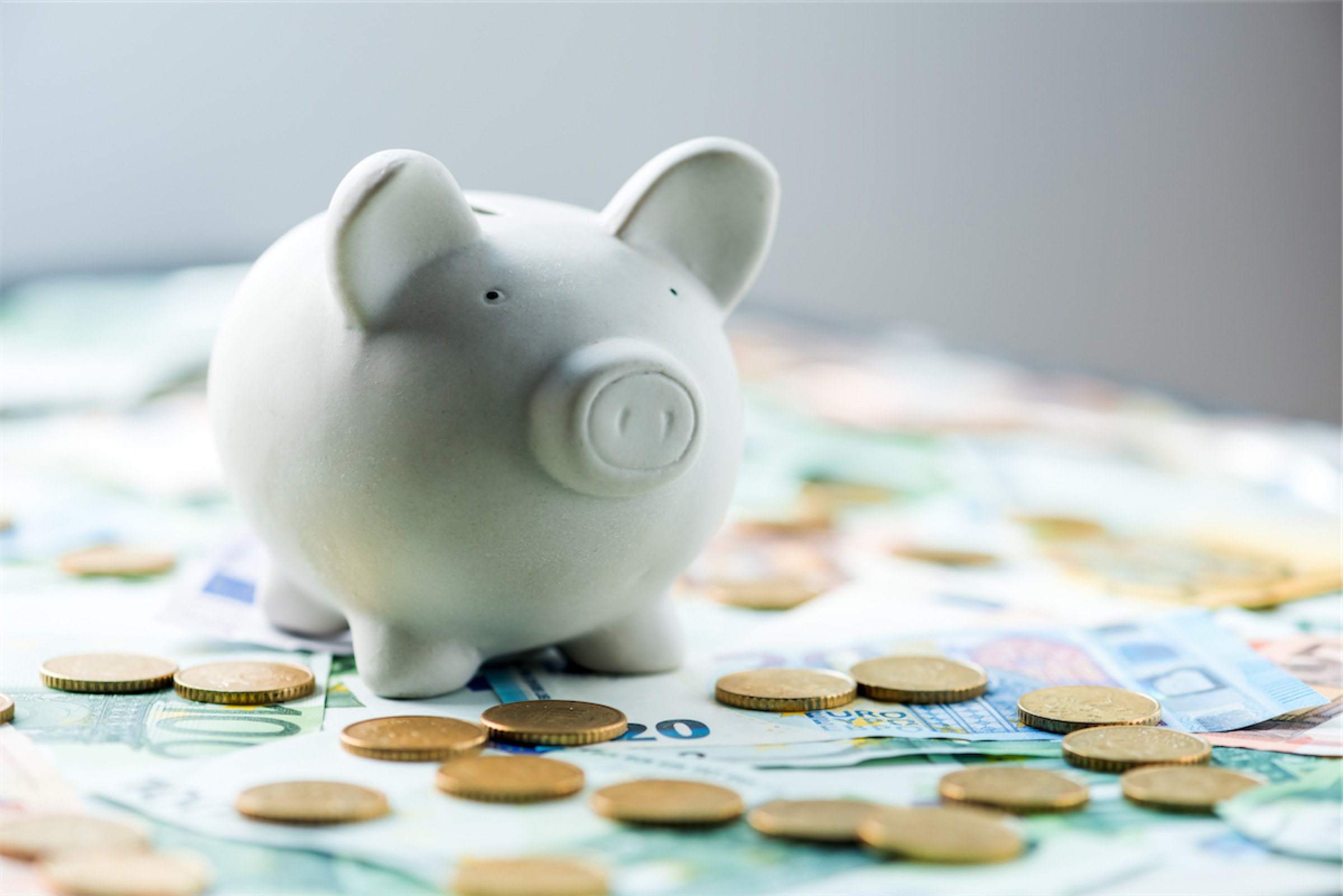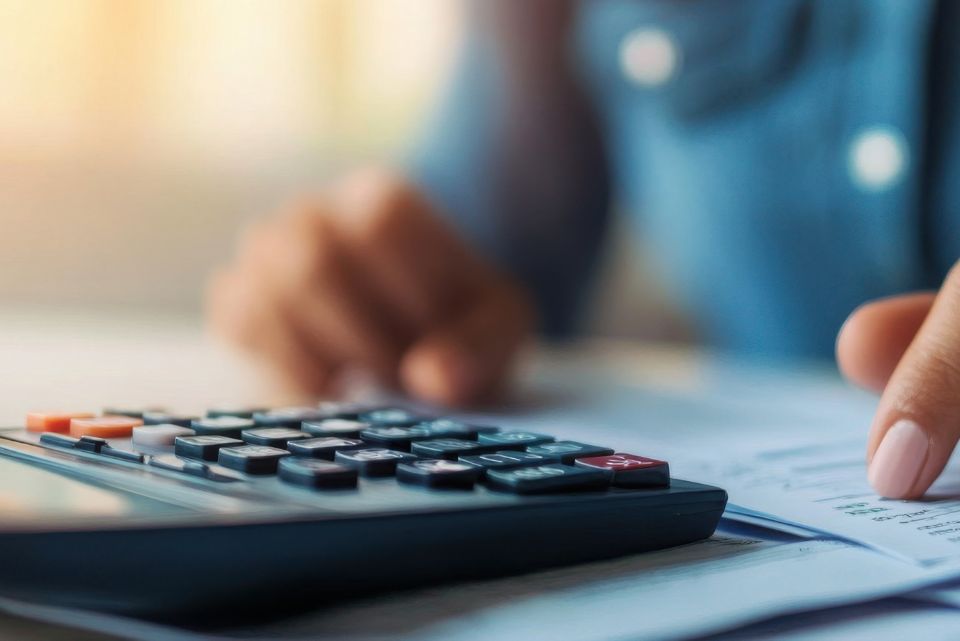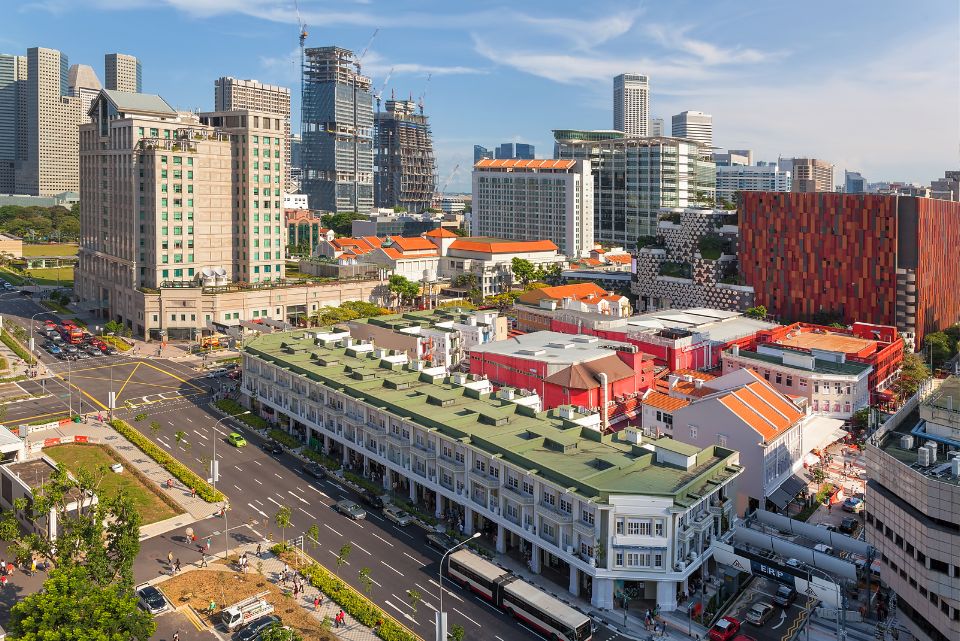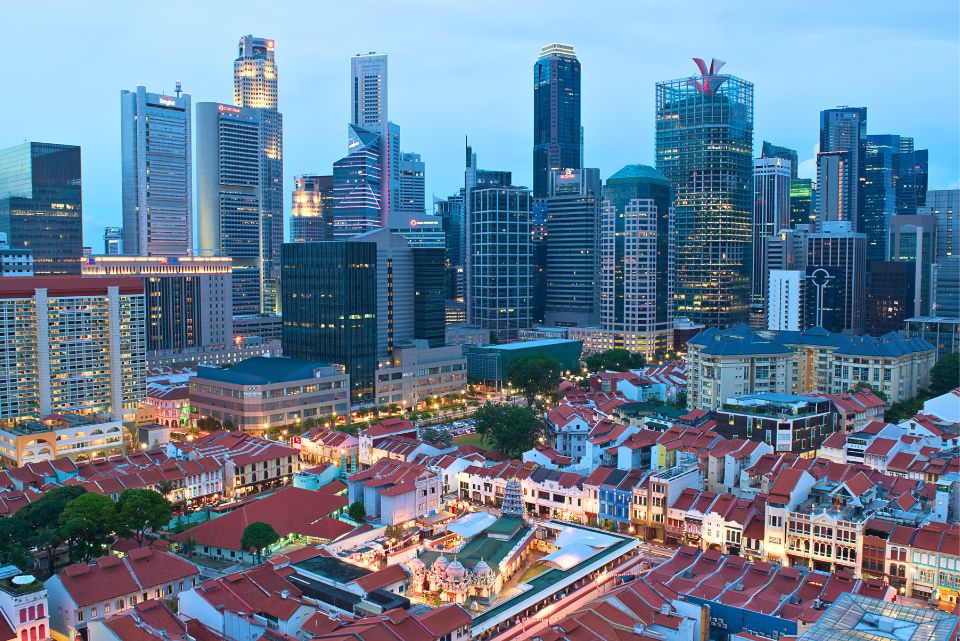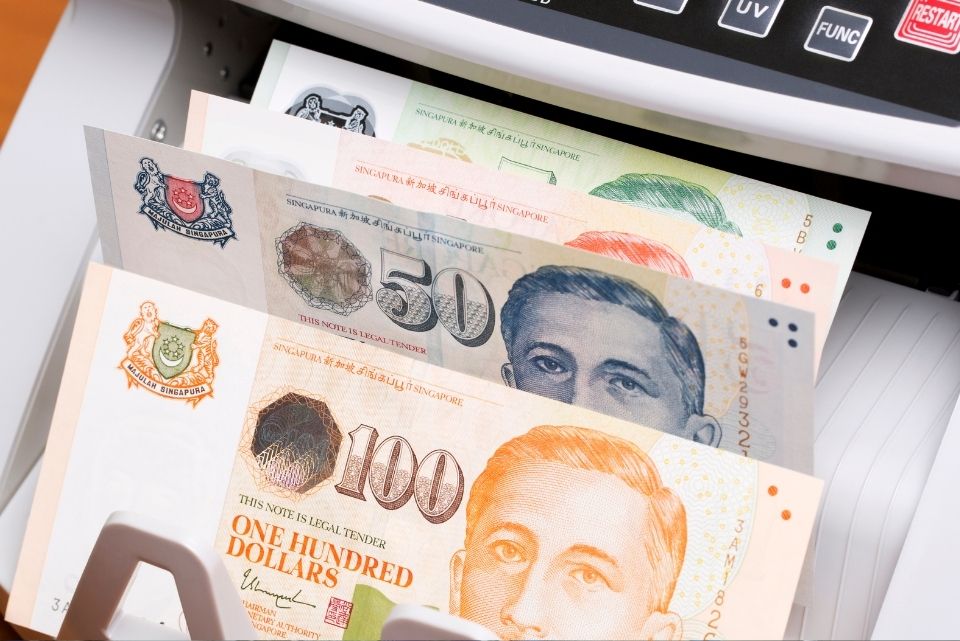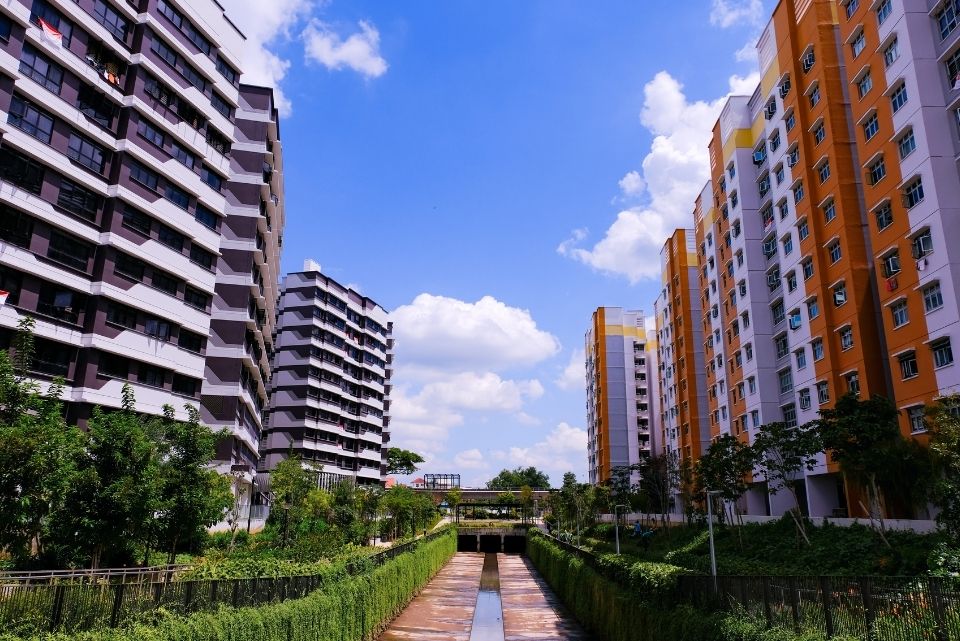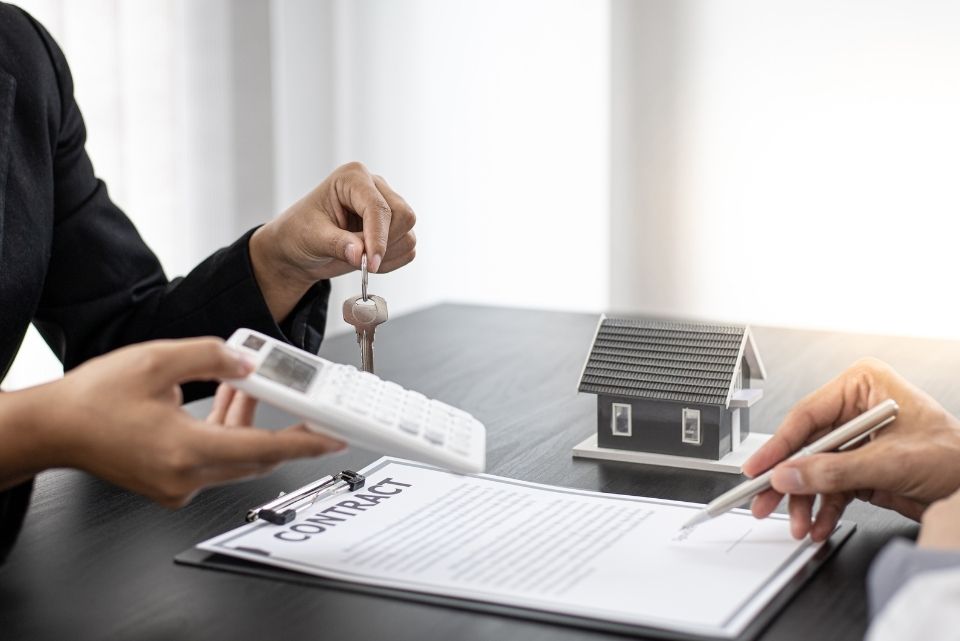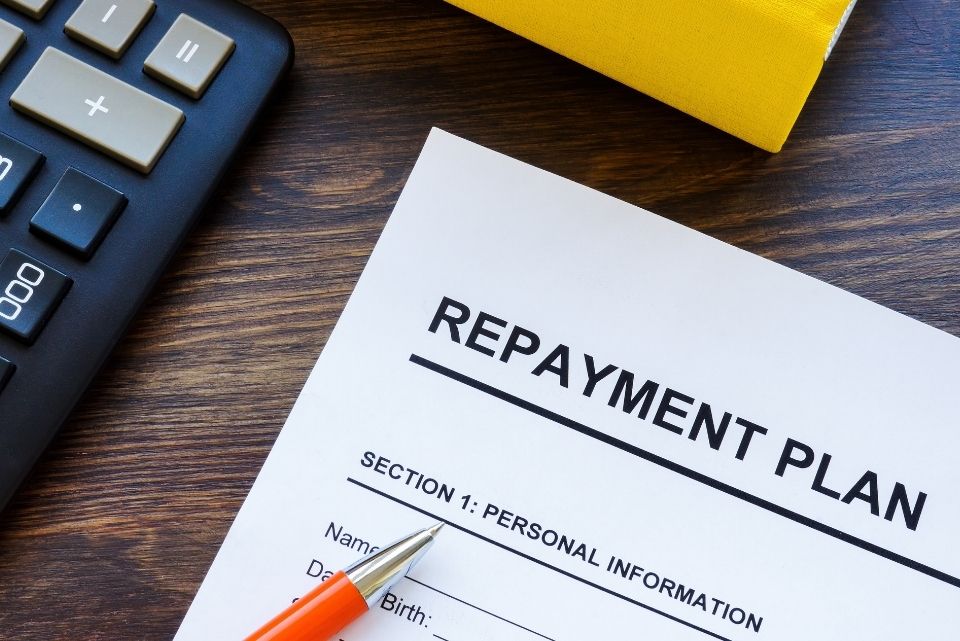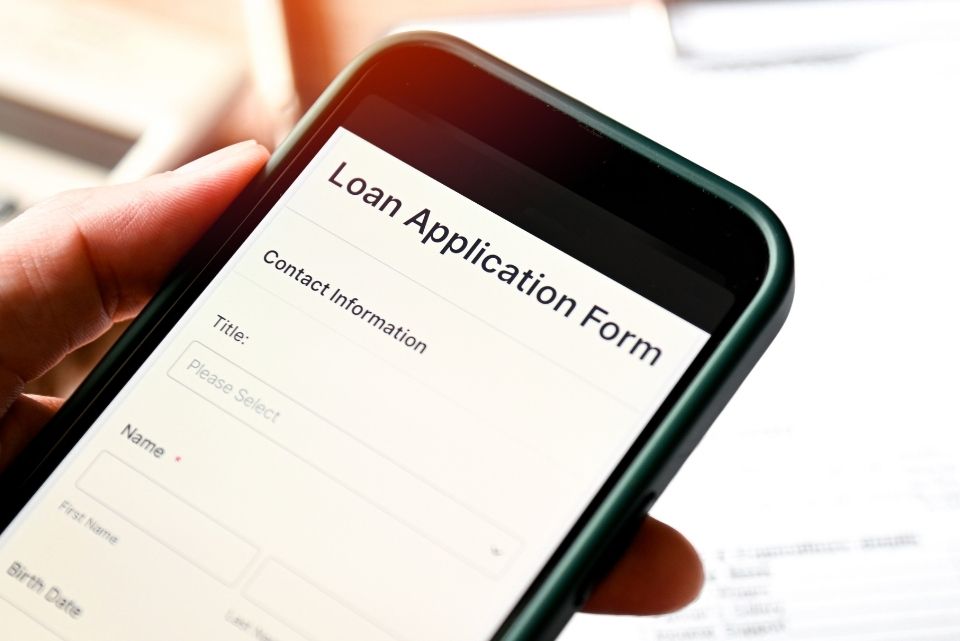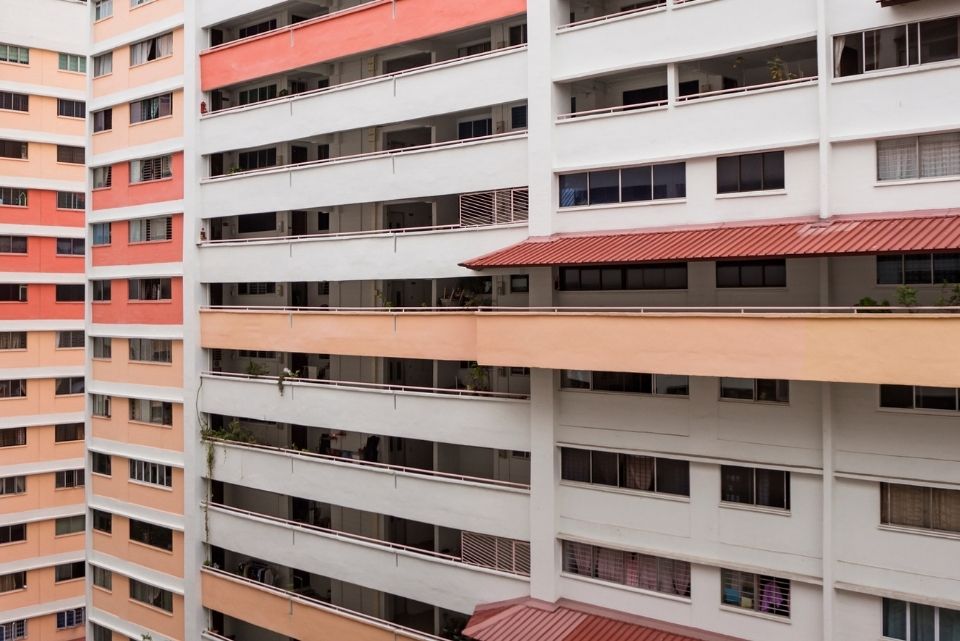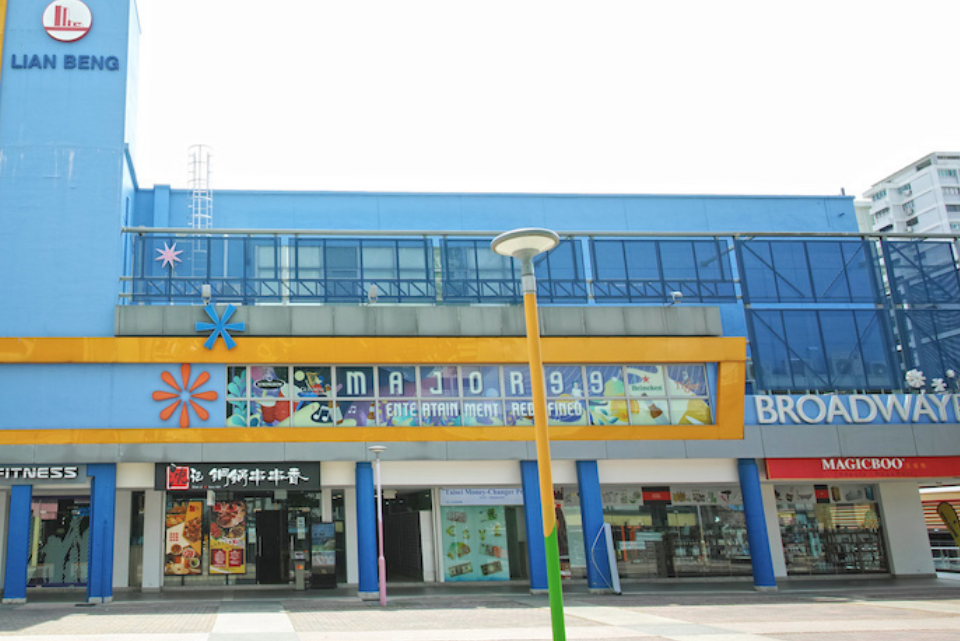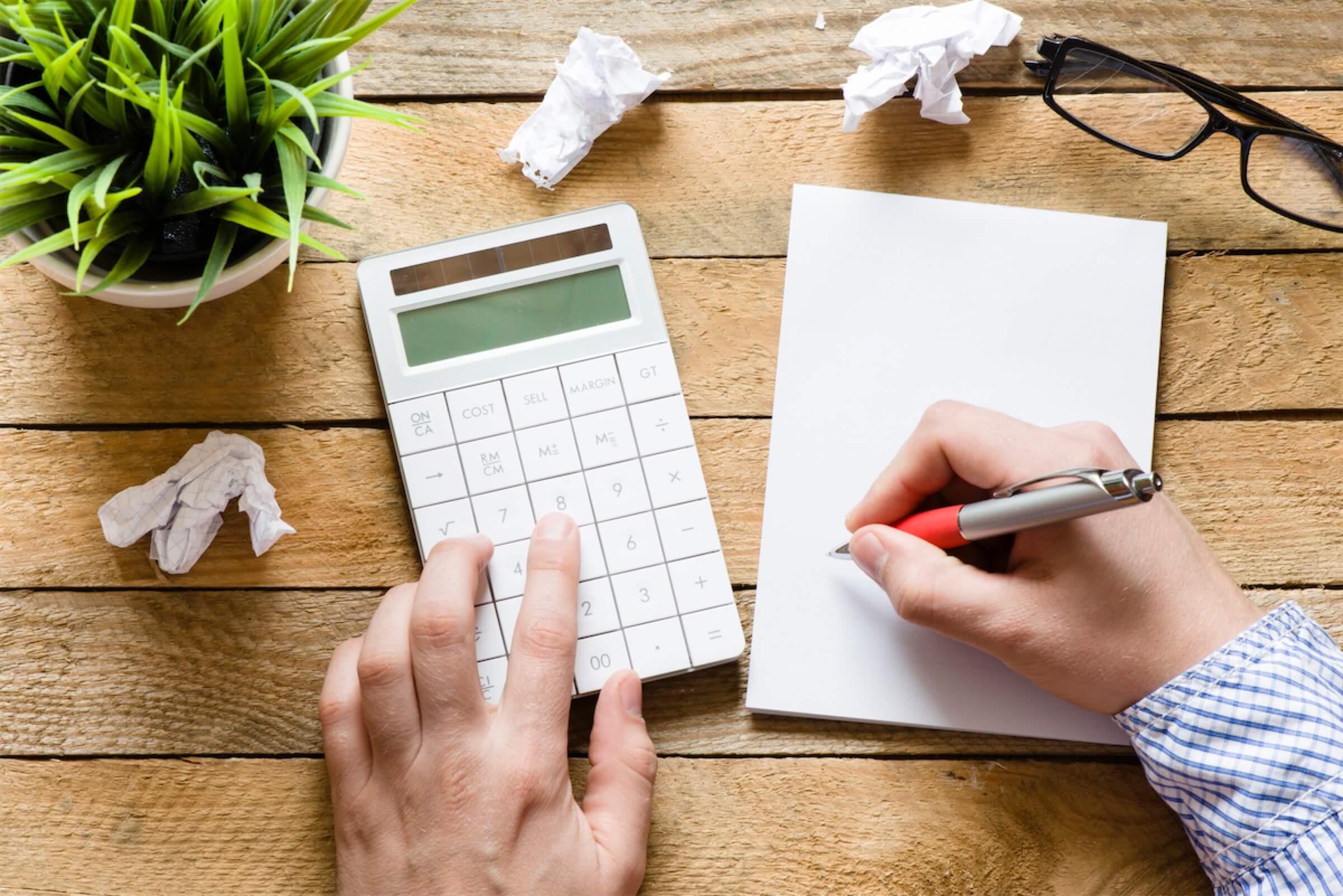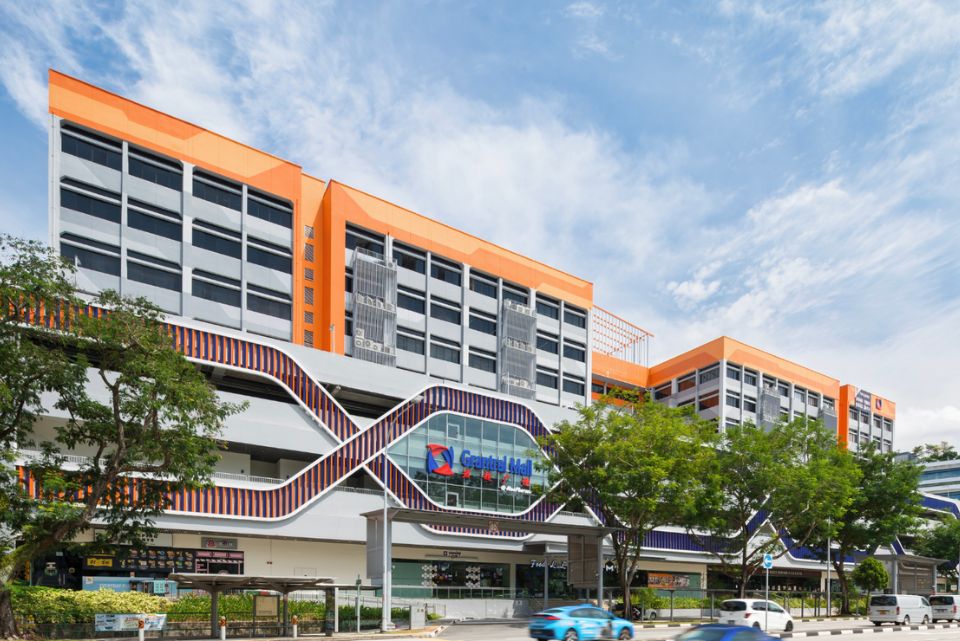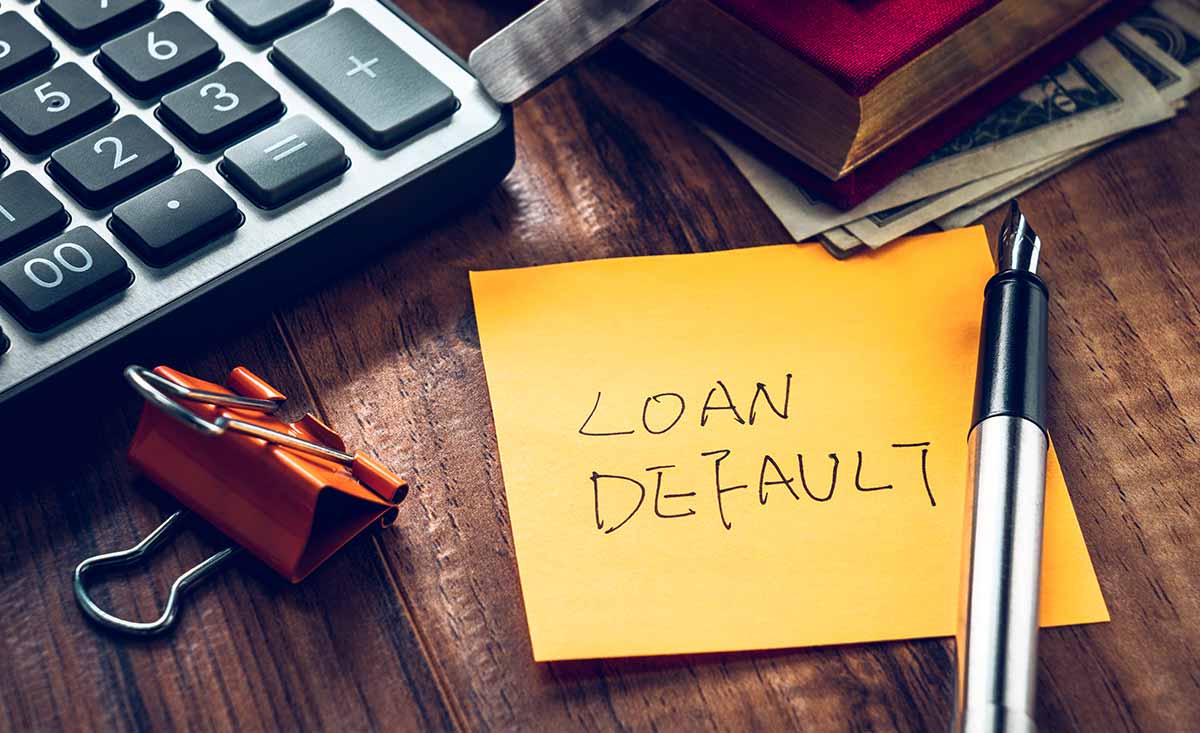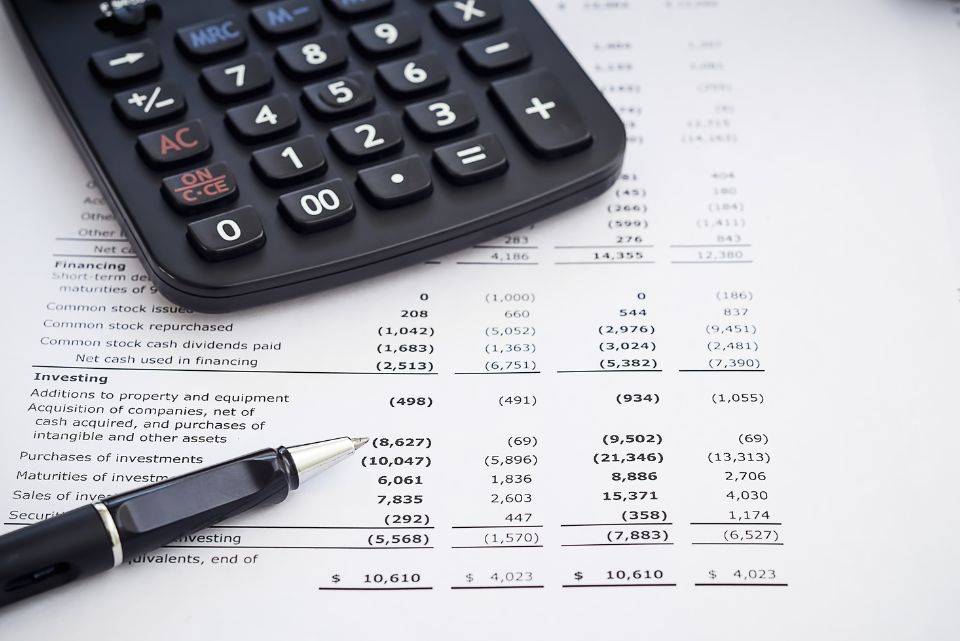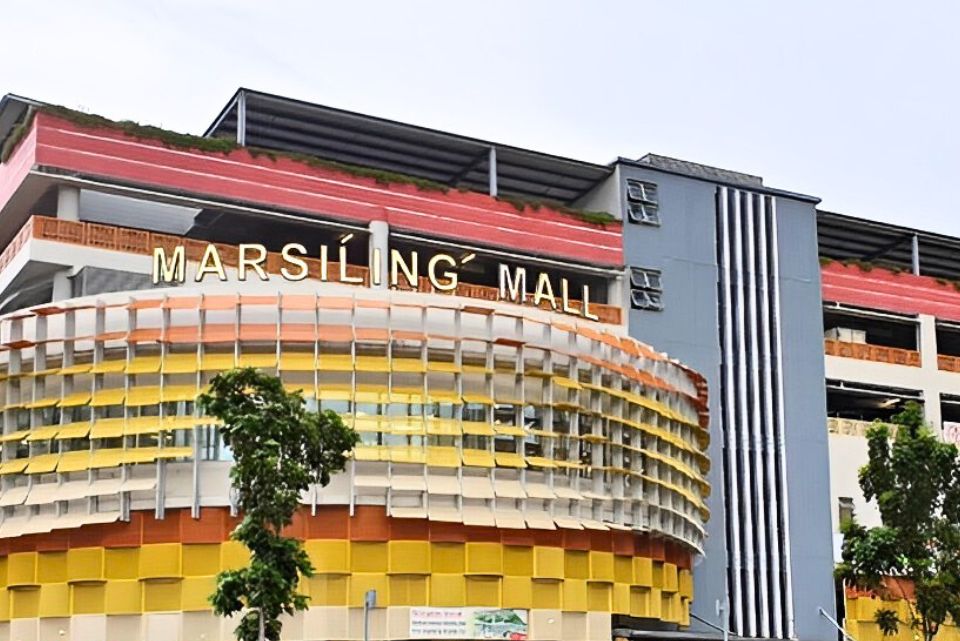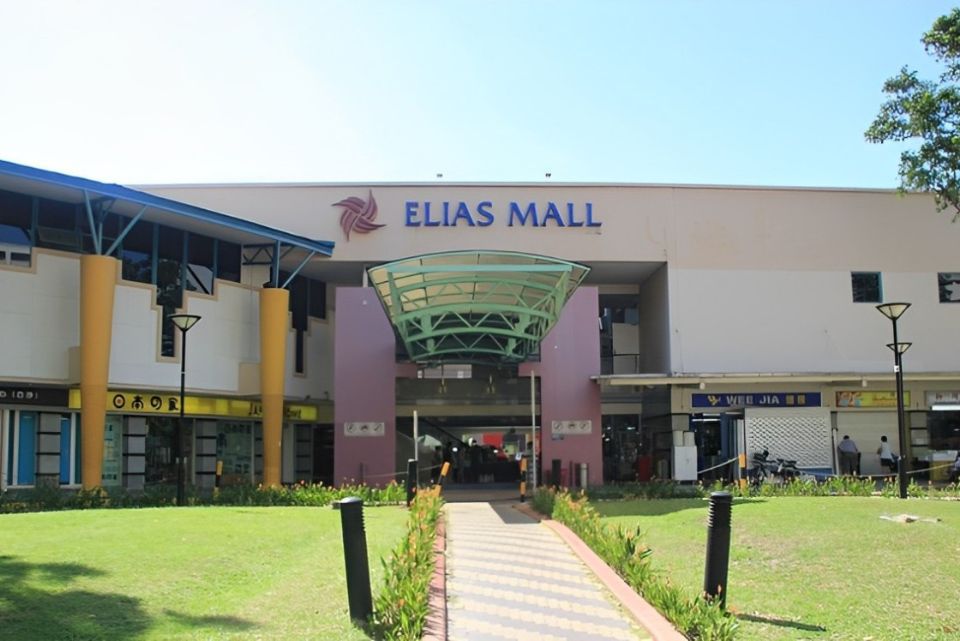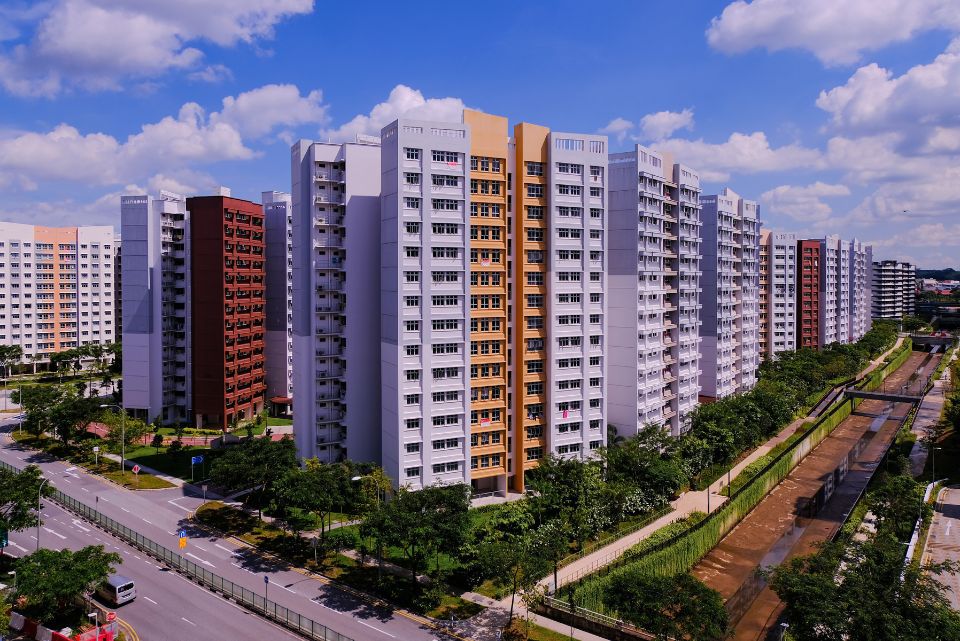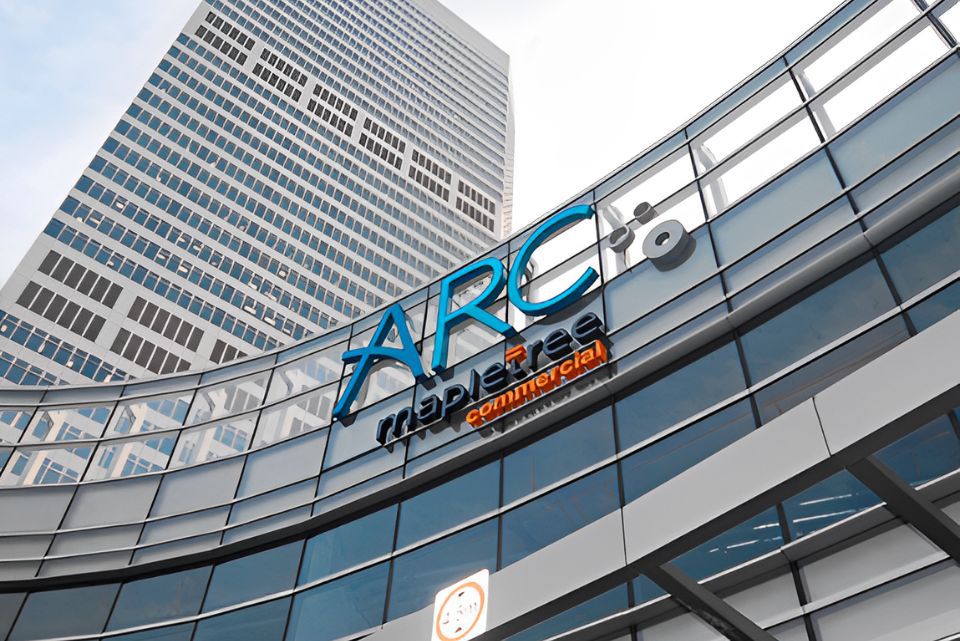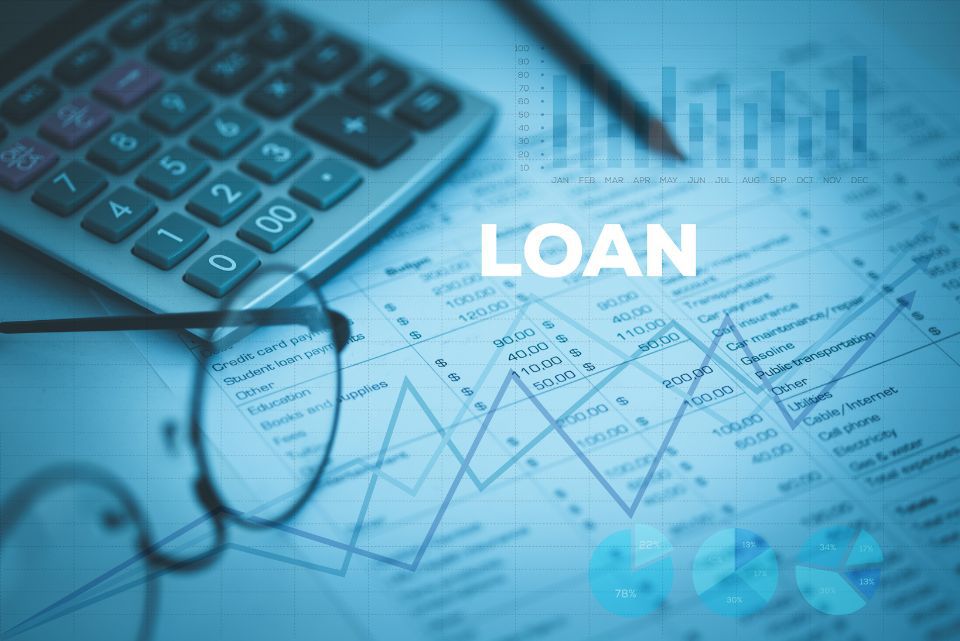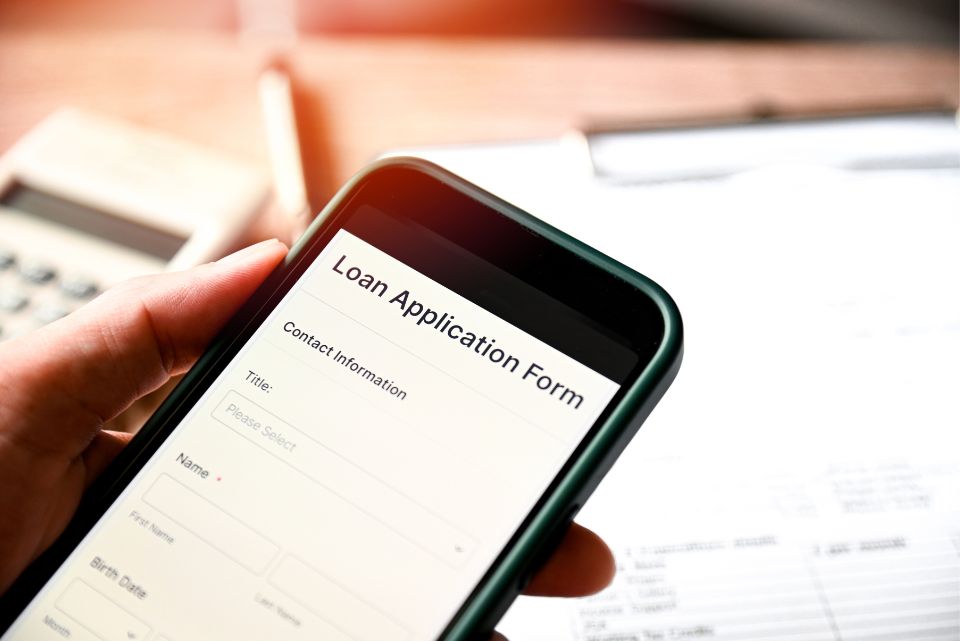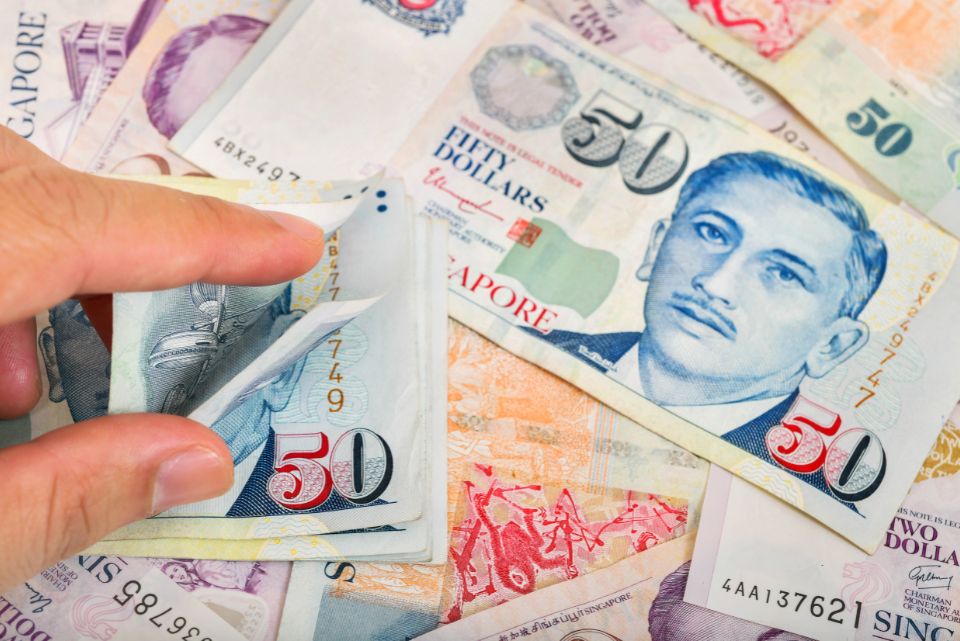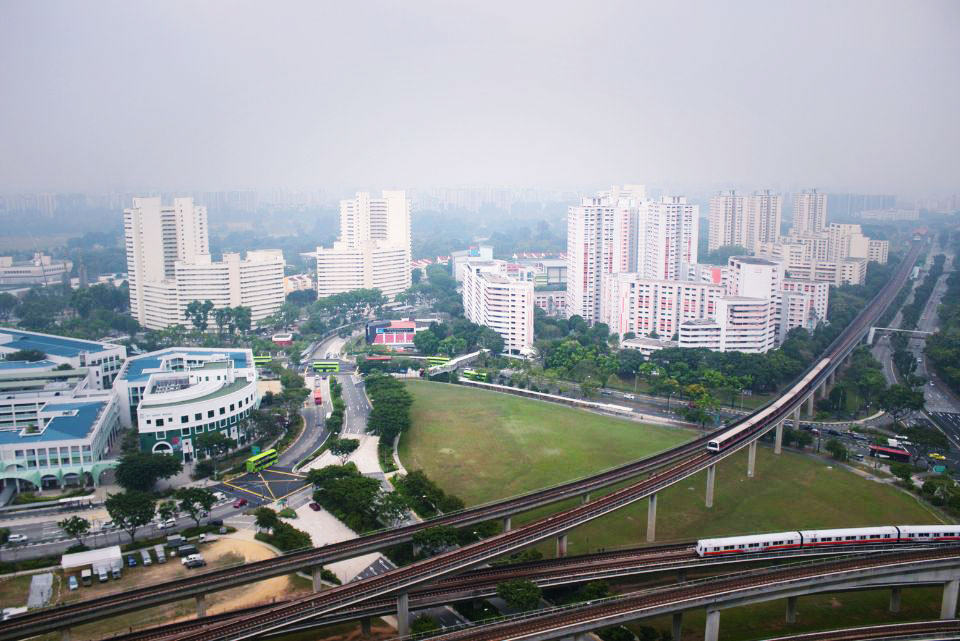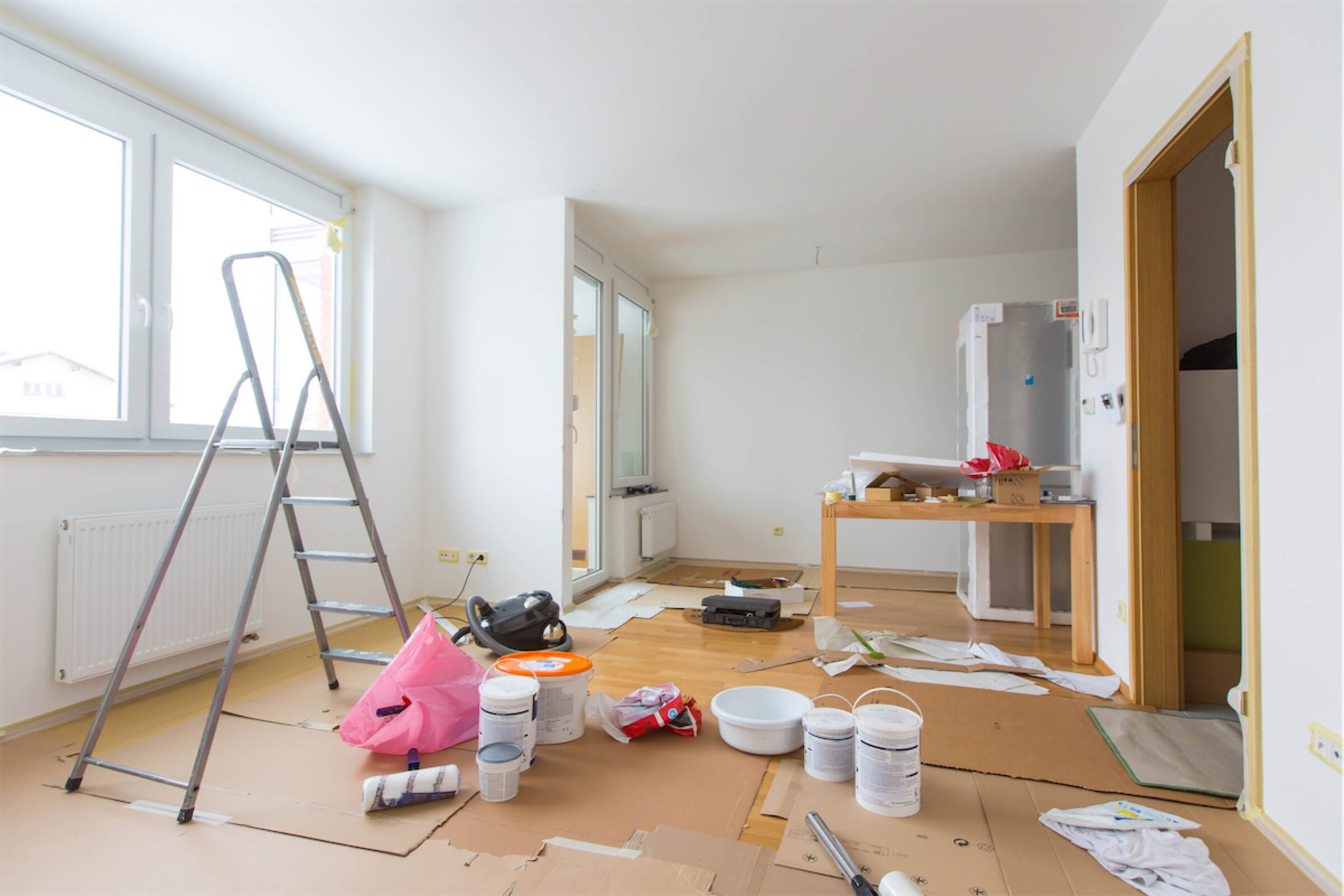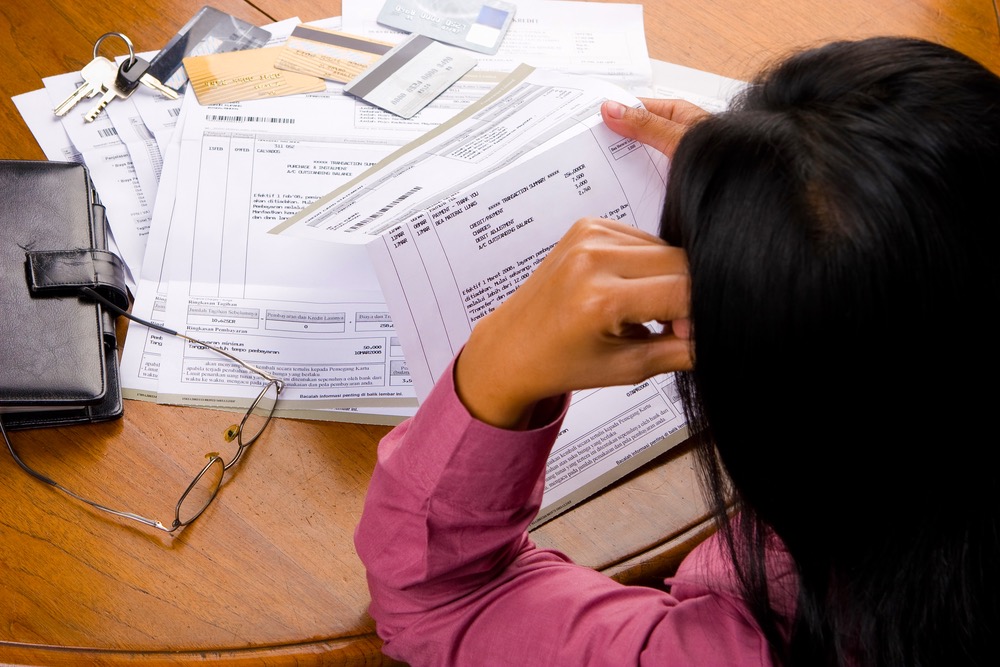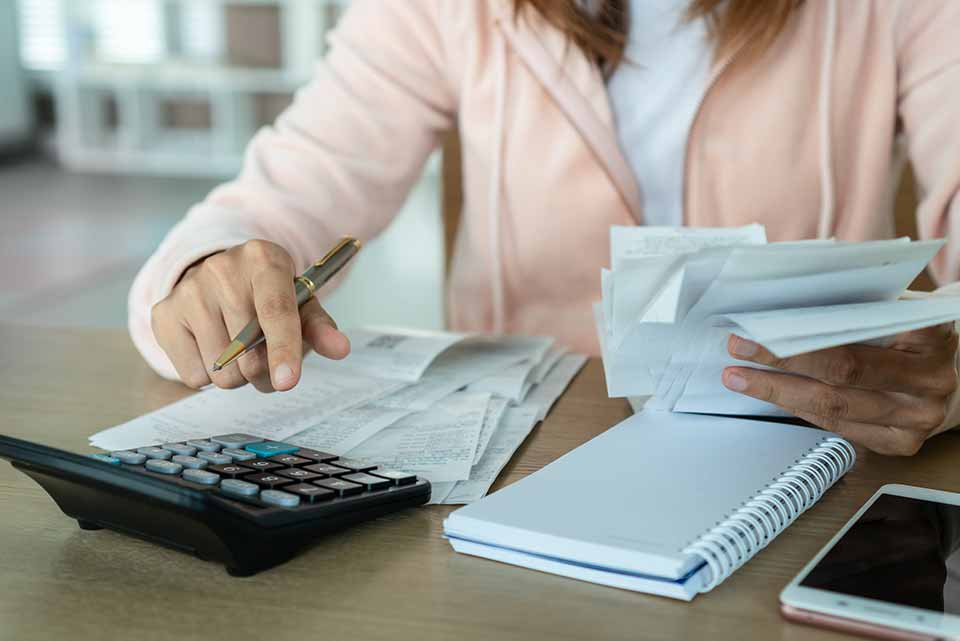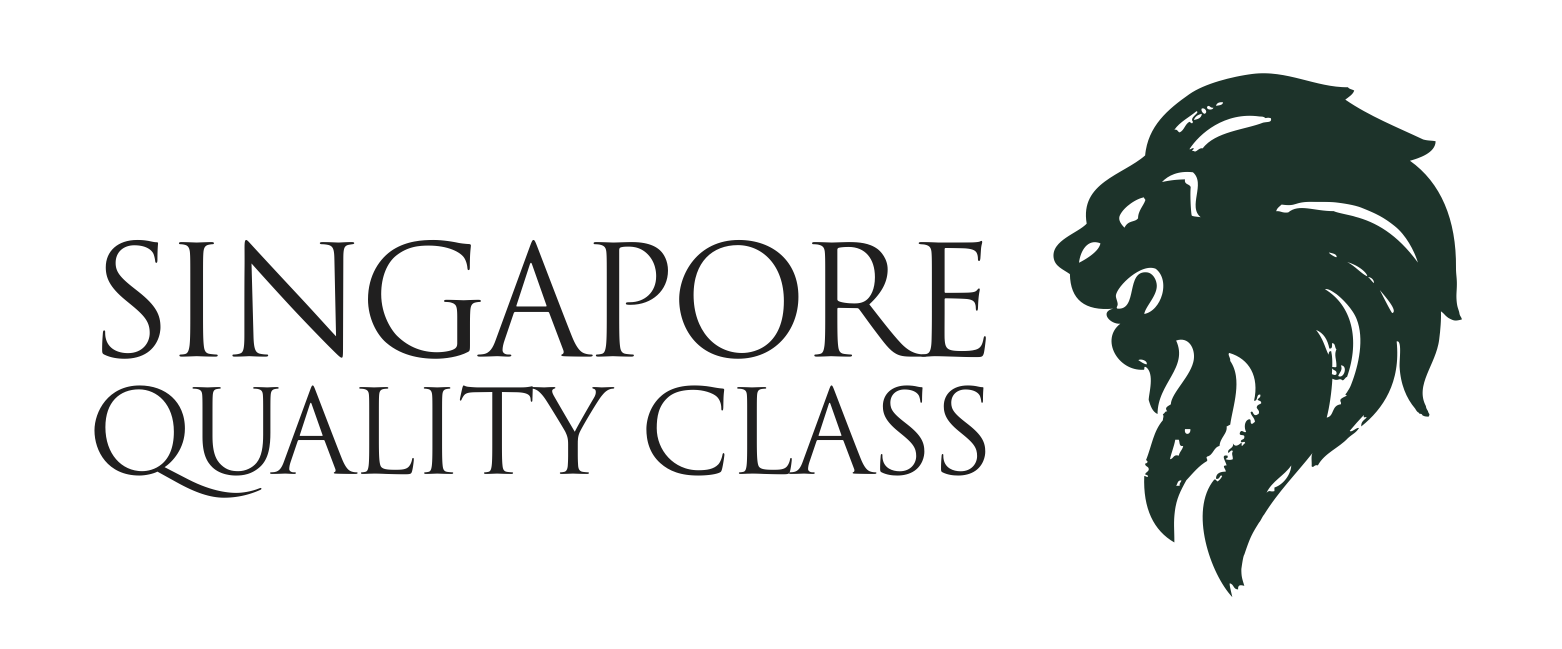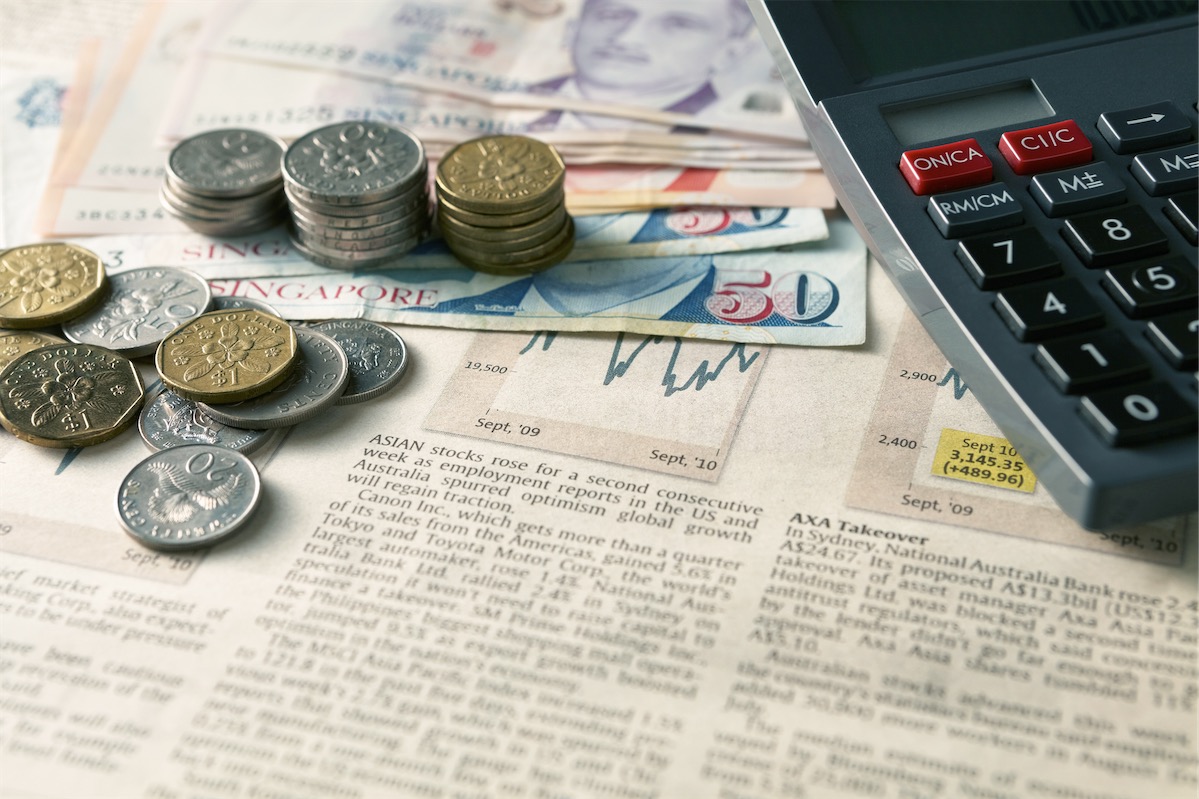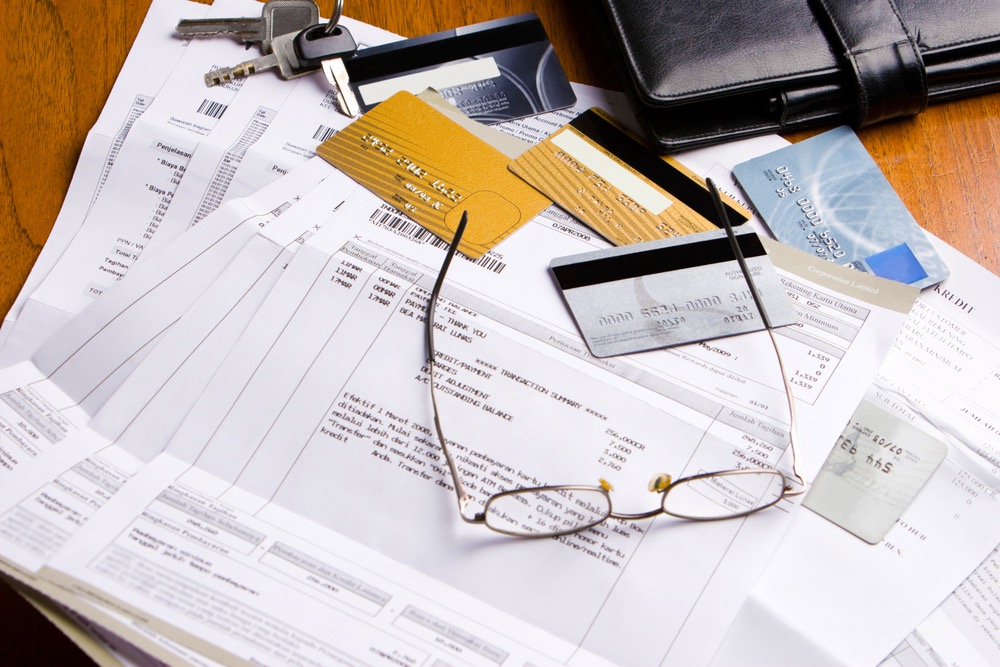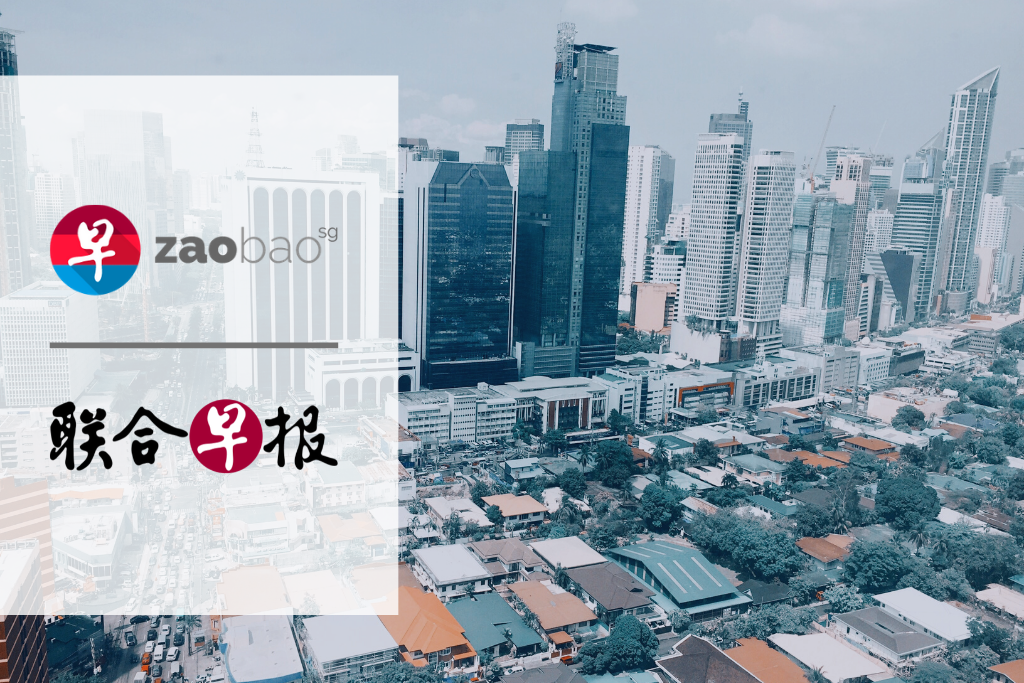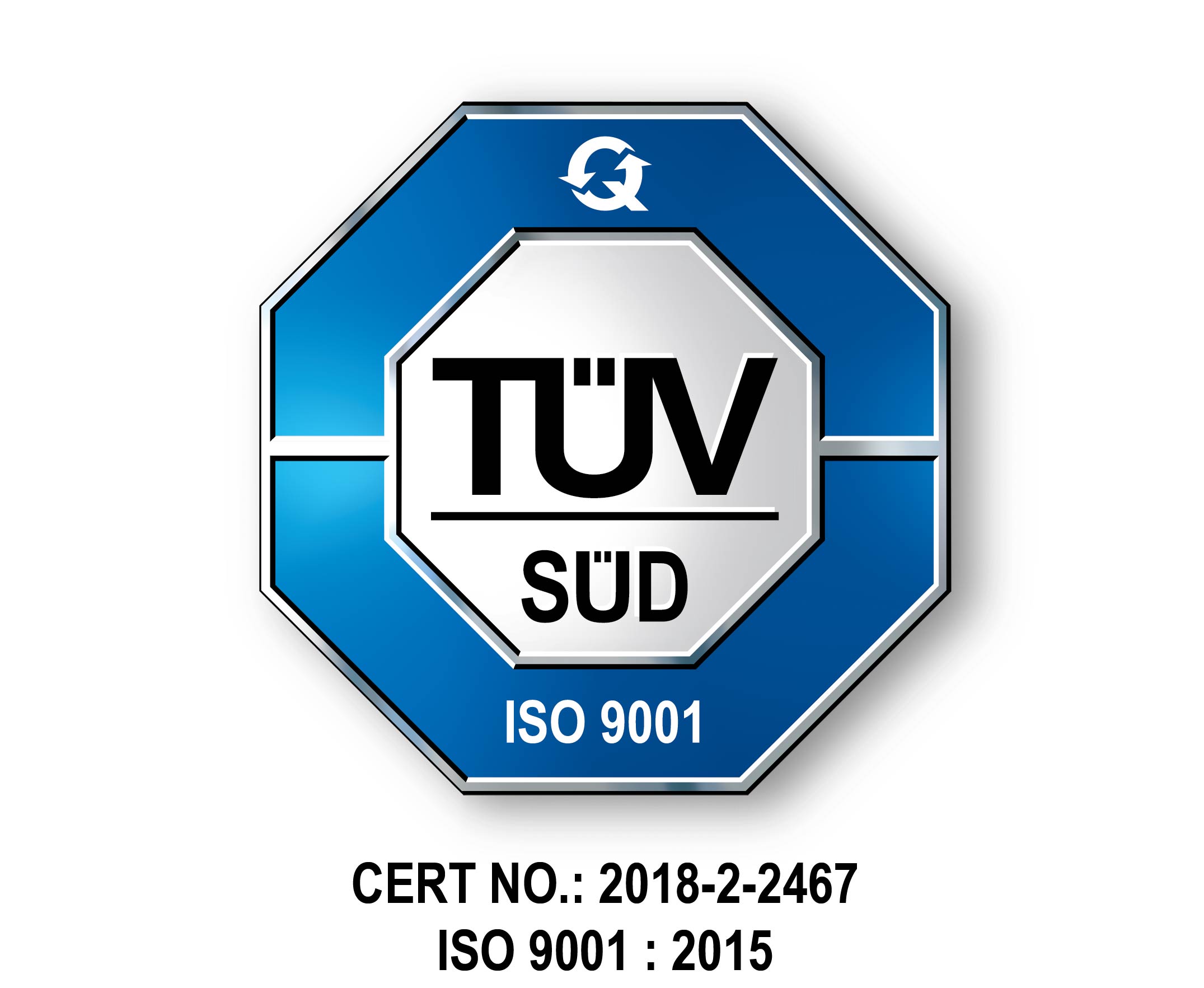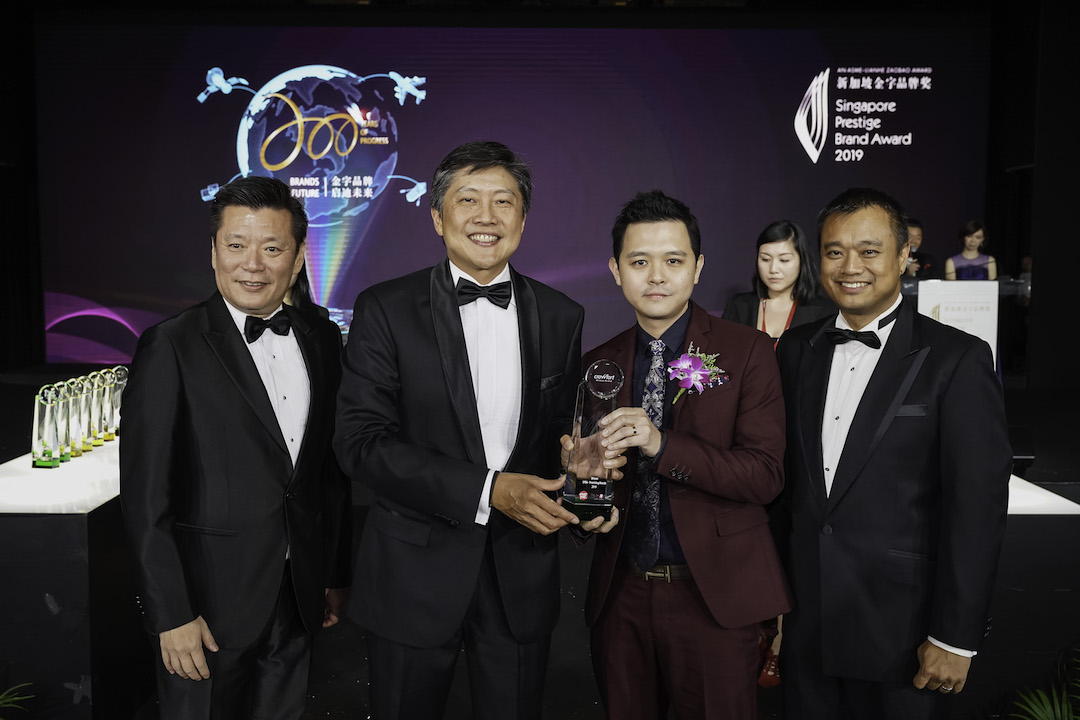
Retirement is a significant milestone that requires careful planning and financial preparation. In Singapore, where the cost of living is relatively high, it’s essential to clearly understand how much money you’ll need to retire comfortably.
Let’s examine the factors that influence retirement savings, estimate the costs, and offer valuable tips for effective retirement planning.
What Is The Retirement Age In Singapore?
The Retirement and Re-employment Act (RRA) regulates the retirement age in Singapore. As of 1 July 2022, the minimum retirement age is 63. However, it is illegal to force employees to terminate their employment before they reach this age.
Employees who turn 63 may continue working for the company as long as they fulfil the requirements for re-employment.
Please note that the retirement age will rise to 64 for those born on or after 1 July 1963 on 1 July 2026. In keeping with the government’s long-term plan, more changes to the retirement and re-employment ages are expected. The retirement age is anticipated to rise to 65, and the re-employment age will increase to 70 by 2030.
This proactive change seeks to improve Singapore’s retirement and re-employment prospects by providing older workers with better opportunities and promoting a more inclusive workforce.
What Are The Factors Influencing Retirement Savings?

Several factors can influence the amount of money you’ll need to retire comfortably in Singapore. These include:
Retirement Lifestyle
Your desired lifestyle in retirement plays a crucial role in determining your financial needs. A basic pension with modest expenses will require less savings than a comfortable retirement with occasional travel and leisure activities. A luxurious retirement with frequent travel and high-end hobbies will require a higher nest egg.
Retirement Period
Another critical factor is the length of your retirement. With increasing life expectancy in Singapore, planning for a retirement period of 20-30 years or even longer is essential. Singapore’s retirement age is currently 63 and is gradually set to increase to 64 by 2026 and 65 by 2030. This change can affect the length of the retirement period and the overall savings needed.
Healthcare Costs
As you age, healthcare expenses are likely to increase. When planning your retirement savings, it is crucial to factor in potential medical costs, including insurance premiums, hospitalisation, and long-term care.
Inflation
Inflation decreases the value of money over time. To maintain your purchasing power in retirement, adjusting your savings target to account for an average annual inflation rate of around 2-3% is essential.
Investment Returns
The performance of your investments can significantly impact the amount of money available for your retirement. Consider a diversified investment strategy that balances potential returns with acceptable risks.
Debts
Outstanding debts, such as mortgages or loans, can affect retirement savings. To reduce your financial burden, aim to pay off significant debts before retirement.
Estimating Monthly and Annual Expenditure in Retirement
Estimating your monthly and annual expenditures is crucial. This figure includes essential and non-essential expenses. However, these figures can vary based on individual lifestyles and preferences. For example, your monthly payments will increase if you plan to travel extensively or engage in expensive hobbies.
When planning for retirement, it is important to consider one’s own costs of living. Individual circumstances and spending habits can significantly affect retirement needs.
For example, the average price per square foot for condominiums in Singapore was S$1,400 as of Q1 2024. Housing costs can vary significantly depending on the type of accommodation.
When we look at expenditure levels, just retiree households may neglect to account for households with working adults supporting their retired parents. This factor can influence the actual amount needed for individual retirement.
Here is a breakdown of the average monthly costs for retirees in Singapore:
| Expense Category | Average Monthly Cost |
| Housing | S$500 |
| Food and Groceries | S$300 |
| Utilities | S$100 |
| Transportation | S$100 |
| Healthcare | S$200 |
| Recreation | S$100 |
| Miscellaneous Expenses | S$79 |
Calculating the Total Amount Needed for Retirement

You can use an online retirement calculator or the guides here to calculate the total amount needed for retirement.
We provided a rough estimate below. Including a buffer for unexpected costs, such as medical emergencies or significant life events, is vital.
A financial cushion is crucial to cover unexpected expenses such as medical emergencies or market downturns.
Financial experts often recommend having enough savings to cover at least 25 years of expenses to provide a safety net against uncertainties.
Here’s a rough estimate of the total amount needed for retirement based on different lifestyles and retirement periods:
| Lifestyle | Retirement Period (Years) | Estimated Amount Needed |
| Basic | 20 | S$330,960 |
| Comfortable | 25 | S$413,700 |
| Luxurious | 30 | S$496,440 |
A recommended target is often at least S$600,000, adjusted for inflation and additional expenses, to ensure a cushion for rising and unforeseen expenses.
Government Support for Retirement
The Singapore government offers various schemes and programs to help citizens plan and prepare for retirement. These include:
Majulah Package
His package gives Singaporeans an annual CPF bonus to enhance their retirement savings. To qualify, you must be a Singaporean aged 55 and above, have Retirement Account savings below the prevailing Basic Retirement Sum, earn an average monthly income of not more than S$4,000, live in a property with an annual value of not more than S$21,000, and own not more than one property.
Silver Support Scheme
This scheme provides quarterly cash payouts to eligible seniors to supplement their retirement income. To qualify, you must be a Singapore citizen aged 65 years old and above, have a total CPF Contribution at age 55 of up to $140,000, have a per-capita household income that does not exceed $1,800, live in a 1- to 5-room HDB flat, and you and your spouse must not own a 5-room or larger HDB flat, private property, or multiple properties.
CHAS Subsidies
The Community Health Assist Scheme (CHAS) subsidises healthcare costs to eligible Singaporeans, including seniors. It helps alleviate the financial burden of healthcare expenses during retirement.
GST Voucher (GSTV) scheme
This scheme provides a Medisave top-up to eligible seniors, which can be used to pay for healthcare expenses6. To receive the Medisave top-up, you must be a Singaporean aged 65 and above, the annual value of your home does not exceed $25,000, you do not own more than one property, and you are staying in Singapore.
Assurance Package (AP)
This package provides Singaporeans with a cash payout over five years. It provides a financial boost during retirement.
CPF LIFE and Retirement Planning
The Central Provident Fund (CPF) is Singapore’s mandatory social security savings scheme. A key component of CPF for retirement planning is CPF LIFE, a national longevity annuity scheme that provides monthly payouts for life, starting at age 65.
There are three CPF LIFE plans with varying payout levels depending on the balance in your Retirement Account (RA):
- Basic Retirement Sum (BRS). Designed to provide monthly payouts that can cover basic living expenses, such as food, utilities, transport, and other essentials.
- Full Retirement Sum (FRS). This represents a higher level of retirement savings and is twice the amount of the BRS. Aiming for the FRS will give you higher monthly payouts, allowing for a more comfortable lifestyle.
- Enhanced Retirement Sum (ERS). This is the highest retirement sum, three times the BRS. Reaching the ERS requires a more substantial amount of savings but offers the most significant potential for financial security and flexibility in retirement. The ERS will be raised to four times the BRS in 2025.
The more RA savings you have, the higher your monthly payouts will be. You will be automatically placed under CPF LIFE if you have S$60,000 or more in your RA when you approach 65 years old.
Is S$600,000 Enough to Retire in Singapore?
Whether $600,000 is enough to retire comfortably in Singapore depends on several factors, including your desired lifestyle, health, and financial obligations.
A 2019 study by the Lee Kuan Yew School of Public Policy found that a single elderly person aged 65 and above needs at least S$1,379 per month to meet basic living expenses.
If we factor in a 5% inflation rate from 2020 to 2022 and 3% thereafter, a single person will need roughly S$2,000 per month by 2030.
To account for a slightly more comfortable standard of living, we should add another S$500 a month to get around S$2,500 per month. Using S$2,500 a month, you will need S$600,000. Note that this amount does not include additional expenses for medical issues, emergencies, and other urgent needs.
Experts estimate that retirees need approximately S$1.3 million for a comfortable lifestyle. With healthcare and housing costs projected to rise significantly, retirees may need between S$1,200 and S$3,500 monthly to maintain a modest and relaxed lifestyle.
A survey conducted by Manulife last 2022 showed that the average retirement savings for pre-retirees (i.e., those easing into retirement soon) is just S$423,000. Most respondents indicated that they need S$1.1 million for a comfortable retirement, more than double what the average had saved up.
Ultimately, S$600,000 may suffice for an essential retirement where you live modestly and avoid significant expenses. However, for a more comfortable retirement that includes travel, dining out, and engaging in various activities, you might need closer to S$1,000,000.
With S$600,000, you can cover basic living expenses such as housing, food, utilities, and healthcare. However, if you have any outstanding debts or plan to pursue expensive hobbies, you may need to adjust your lifestyle or increase your savings.
Starting Early for Retirement
Starting your retirement savings early is crucial for achieving your retirement goals. The power of compounding allows your money to grow exponentially over time, making a substantial difference in your final retirement nest egg.
To illustrate the impact of starting early, consider the following table, which shows the monthly deposits needed to reach $1 million by age 65, assuming a 7.64% annualised return on a balanced portfolio:
| Age | Monthly deposits needed | Yearly deposits needed |
| 25 | $342 | S$4,242 |
| 30 | $506 | S$6,286 |
| 35 | $759 | S$9,428 |
| 40 | $1,161 | $14,415 |
| 45 | $1,831 | $22,739 |
| 50 | $3,051 | $37,874 |
As you can see, starting at age 25 requires significantly lower monthly deposits compared to starting at age 50. This highlights the importance of starting early and harnessing the power of compounding to grow your retirement savings.
Supplementary Retirement Scheme (SRS)
The Supplementary Retirement Scheme (SRS) is a government-sponsored savings scheme that allows you to save money for retirement while enjoying tax benefits. It is open to Singapore citizens, permanent residents, and foreigners. You can use it with other retirement savings plans, such as your CPF.
Here are some of the benefits of the SRS:
- Tax Savings. Contributions to the SRS are eligible for tax relief, reducing your taxable income. You can make voluntary contributions of up to S$15,300 per year (or S$35,700 for foreigners).
- Investment Options. You can invest funds in the SRS account in various financial products, including stocks, bonds, and unit trusts.
- Flexibility. You can make contributions at any time, and there’s no mandatory withdrawal age, providing flexibility in managing your retirement funds.
Tips for Effective Retirement Planning
Here are some tips to help you plan effectively for retirement in Singapore:
- Start Early. The earlier you start saving, the more time your money has to grow. Take advantage of compound interest by starting your retirement savings in your 20s or 30s.
- Diversify Investments. Spread your investments across different asset classes to reduce risk. Consider a mix of stocks, bonds, real estate, and other investment vehicles to balance potential returns and risks.
- Utilise Government Schemes. To maximise your savings, take full advantage of CPF and SRS schemes. These programs offer significant benefits, including tax relief and guaranteed monthly payouts.
- Regularly Review Your Plan. Life circumstances change, and so should your retirement plan. Please periodically review and adjust your strategy to align with your current financial situation and goals. Life events, such as changes in income, health, or family situation, can necessitate adjustments to your retirement plan to ensure it remains relevant and practical.
- Seek Professional Advice. Consulting with a financial advisor can provide valuable insights and help you make informed decisions. A professional can help you interpret complex financial products and create a tailored plan that suits your needs. A financial advisor can provide expert guidance tailored to your needs and goals, helping you navigate complex financial products and make informed decisions.
- Adjust Your Lifestyle. If you are confident about adjusting your lifestyle to lower your spending over time, this can reduce the amount needed for retirement. Choosing a more frugal lifestyle can free up more funds for savings and investments.
- Explore Additional Income Streams. Consider generating additional income streams during retirement, such as part-time or rental income. These income streams can supplement retirement savings and provide greater financial flexibility.
- Consider Disability Coverage. Policies that include a disability care benefit have a maximum payable amount. This benefit can provide financial support in case of disability and should be considered as part of retirement planning.
- Manage Discretionary Funds. Consider how much you earn and how much you can save every month towards your retirement. Individuals can enjoy a more comfortable retirement by reducing unnecessary expenses and increasing retirement savings.
The Bottom Line
Retirement planning is crucial to financial well-being, especially in Singapore’s high-cost environment. You can secure a comfortable and fulfilling retirement by understanding the factors that influence retirement savings, estimating your expenses, and adopting a proactive approach to saving and investing. Remember to start early, diversify your investments, and seek professional advice when needed to ensure your financial security in your golden years.
Don’t wait to start planning for your retirement. Take action today. Utilise the resources and tips provided in this article to create a roadmap for your financial future. Consider seeking personalised advice from a financial advisor to develop a tailored retirement plan that aligns with your needs and goals.



